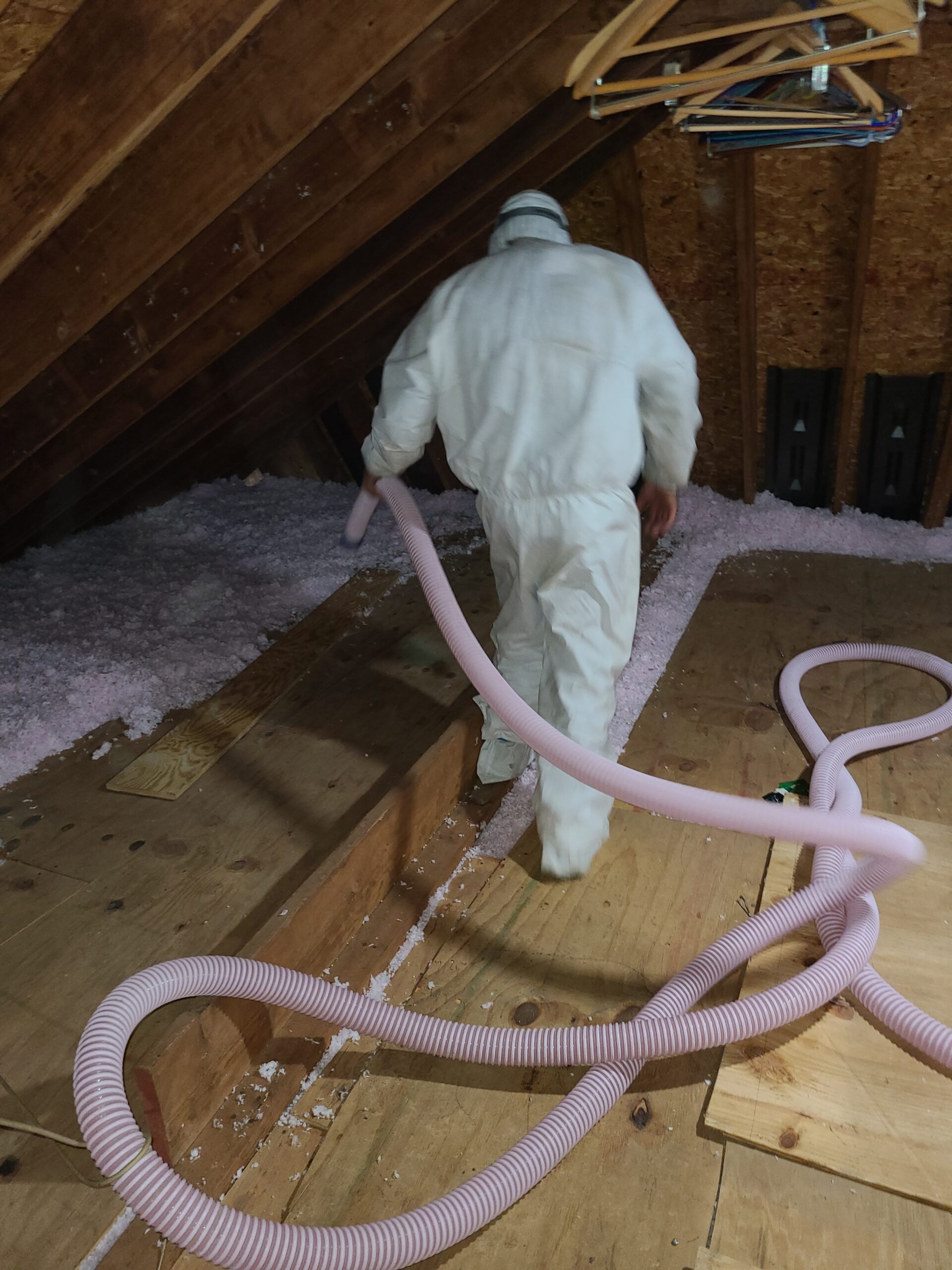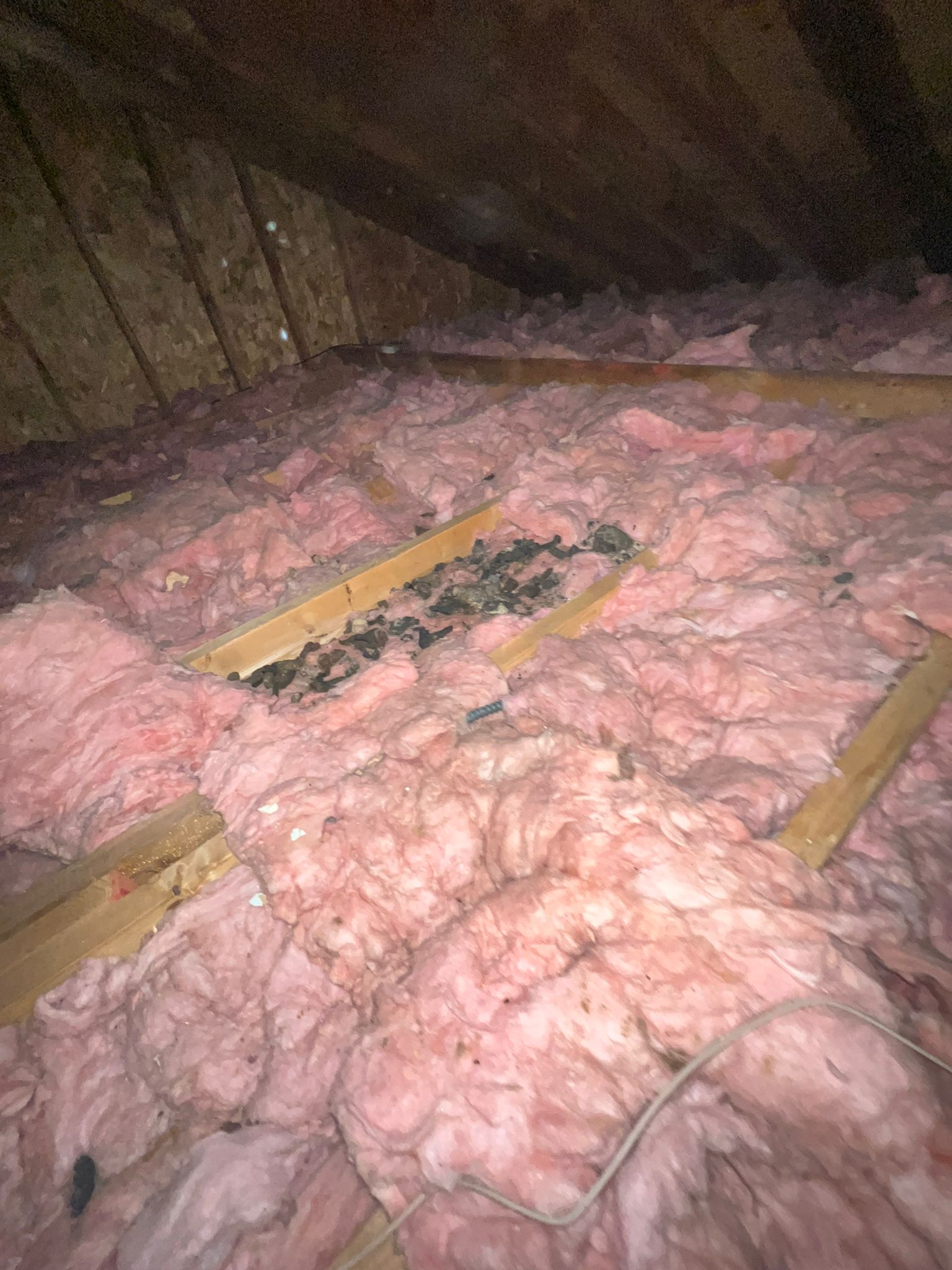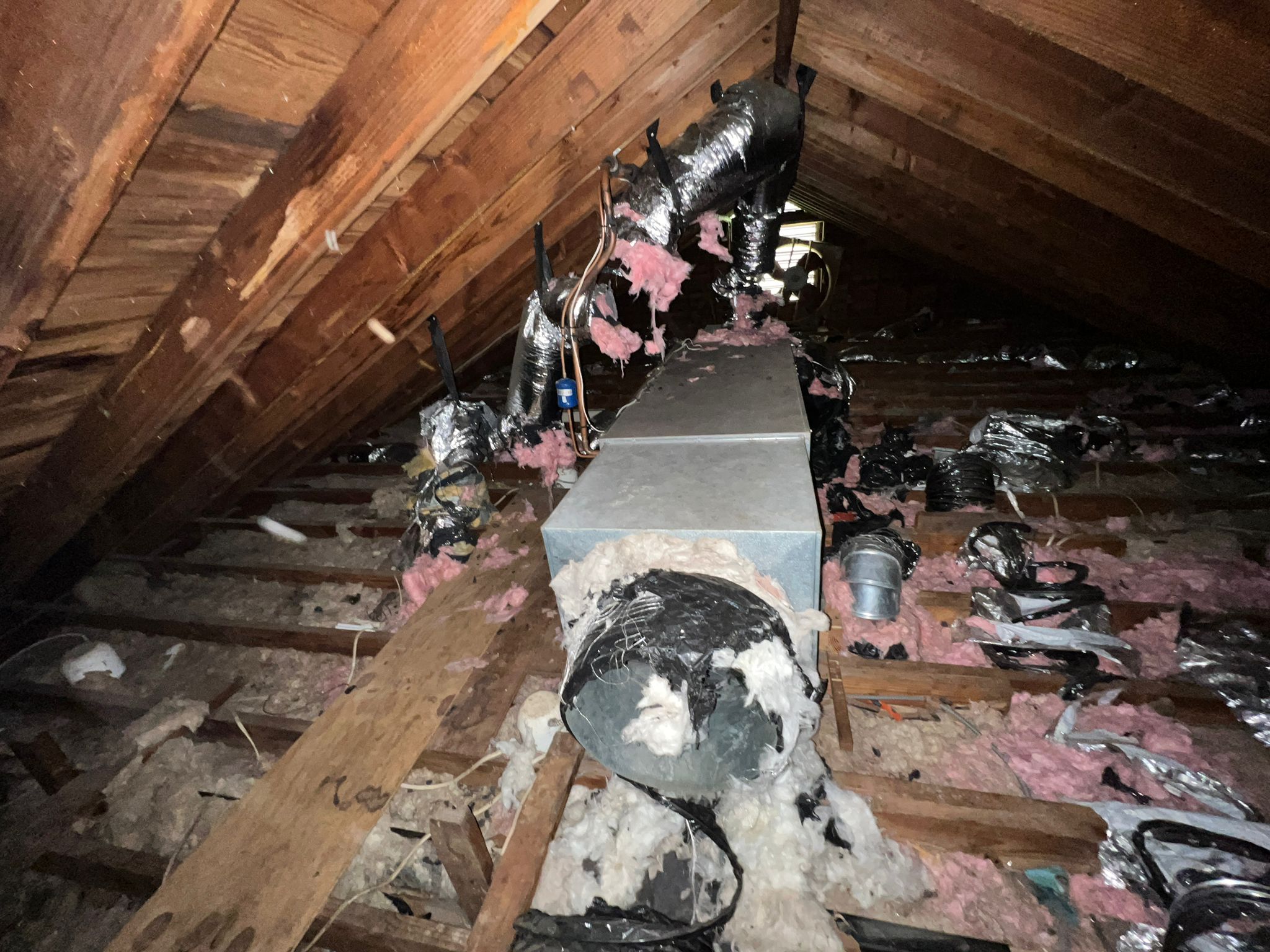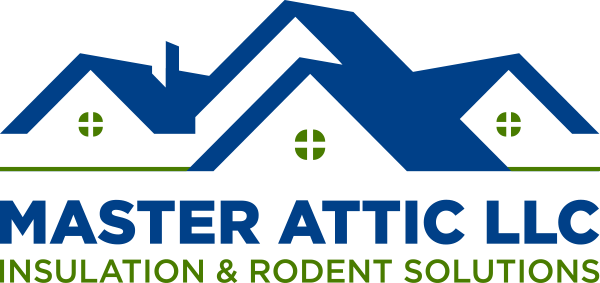
How Much Does Attic Cleaning Cost?
How Much Does Attic Cleaning Cost? Even though attics are the least visited area in your home, they need as much care and maintenance as
One of the most essential parts of your attic is its insulation. Attic insulation provides a thermal barrier to your home to keep it warm during the winter and cool during the summer, thus, making insulation essential in any type of climate.
Insufficient attic insulation can increase energy bills and create drafts throughout your home in colder climates. You may have noticed signs that your insulation isn’t as good as it could be.
As you continue reading below, we discuss determining if your insulation needs an upgrade and six signs to look for before contacting a professional.

Excellent attic insulation can make your home feel more comfortable and lower energy bills. Without an inspection from an experienced professional, it’s sometimes difficult to determine whether or not your attic insulation is sufficient. Here are six signs that your attic insulation could use an upgrade.
If you have a home built before 2005, there’s a high probability that companies didn’t consider energy efficiency, as it wasn’t a big deal back then. With older homes, you may have uninsulated areas in your attic. If you have a house built over twenty years ago, your attic insulation most likely needs an upgrade.
You can schedule a home energy assessment to determine if your attic insulation needs an upgrade. However, some homes built after 2005 could still use an upgrade depending on your state’s requirements. Cookie-cutter homes tend to have poor insulation because of quick builds.
If you notice temperature fluctuation throughout several rooms in your home, you may need to upgrade your attic insulation. When heat and cool air enter and leave your home, you may not get the correct reading on your thermostat. Temperature fluctuations throughout the house can make an uncomfortable environment and overwork your HVAC system causing high energy bills.
If your attic insulation is thinning in specific areas, this can also create temperature fluctuations.
If your roof has uneven snow cover, you have sufficient attic insulation. During the winter, many of us spend much time heating our homes. Since heat rises, insufficient attic insulation means warm air rises onto your roof, making the snow melt.
If you notice snow melting on your roof quickly, this might be a sign that your attic insulation could use an upgrade. Not only can your energy costs increase when this happens, but you increase the chances of causing problems with your roof with ice dams.
After the next snowfall, take a look at your roof. If you don’t notice snow, or notice some areas are getting snow and some are not, contact a professional about an inspection.
There are several reasons why your attic insulation may become wet, such as humidity, leaks, air infiltration, ground moisture, or snow blowing through open soffit vents. Depending on the type of insulation, attic insulation can react differently when it becomes wet.
If you have wet insulation, this can cause mold and mildew, and your attic insulation will begin to lose its R-Value. If you notice damp insulation, this is a sign you need an upgrade and will need to have your attic insulation removed and replaced.
If you’ve noticed that your energy bills have increased, this might indicate that your attic insulation needs an upgrade. As your insulation ages, degrading occurs, creating gaps for air to escape. When air escapes, your HVAC works harder to heat or cool your home.
Upgrading your attic insulation is an excellent way to lower your energy costs. You can reduce your energy costs by fifty percent with high-quality attic insulation.
The Department of Energy has spent a lot of time researching insulation levels. Depending on your location in the United States, your R-Value for attic insulation might differ. If your home has anything lower than its recommended number, you might spend more on energy costs.
You can visit the Department of Energy’s website to check the recommended R-Value for your area.
Insulation has a lifespan of 15-25 years. If you notice black or green coloring on your insulation. This can be a sign of aging insulation and years of moister buildup which cause the insulation to shrink down in size and decompose.
This will ultimately affect your HVAC production of a.c and heat, the insulation will not correctly prevent air from escaping through your ceiling, and cause the HVAC to work a lot harder to keep up to your desired temperature setting.
The Attic is a wonderful place for rodents such as squirrels, raccoons, bats, mice, and flying squirrels. They are forced by nature to seek shelter making your attic a prime target.
The insulation in your attic is a perfect nesting area for mating and sleeping, causing the insulation to become damaged from feces, urine, and nesting.
Ensure your attic is properly rodent proofed by contacting our team today.
At Master Attic, our experts understand how essential it is to have sufficient attic insulation. Our professionals use high-quality tools and techniques to ensure your home has the best insulation. Our main goal is to improve your home’s energy efficiency and to make living in your home a comfortable experience.
Our attic installation process includes the following:
If you need to upgrade your insulation, give us a call today to schedule a free estimate.
You can visit the Department of Energy’s website to find your required insulation R-Value for your state; you can visit the Department of Energy’s website. For New Jersey and Pennsylvania, it’s between R30-R49.
Yes, you should have your wet insulation removed and replaced, as wet insulation can cause mold and mildew and affect the R-Value of your insulation.
Not necessarily, it depends on how it melts. Different areas accumulating snow on your roof and melting in some areas can be a sign of poor insulation and air gap sealing.

How Much Does Attic Cleaning Cost? Even though attics are the least visited area in your home, they need as much care and maintenance as

Common Attic Insulation Mistakes and How the Experts Fix Them We use our attics for more than storing old furniture items and clothing. Our attics

How Often Should You Clean Up Your Attic? Attic cleaning is anything but a good time, but mold, dust, and other allergens can nest in

We strive endlessly to provide a service like no other; quality, safety and comfort is our #1 priority for your family.
Fully Licensed and Insured
NJ # 13VH09509100
PA # 147980
Look out for a confirmation email!
A Master Attic Pro Will Reach Out To You Shortly
